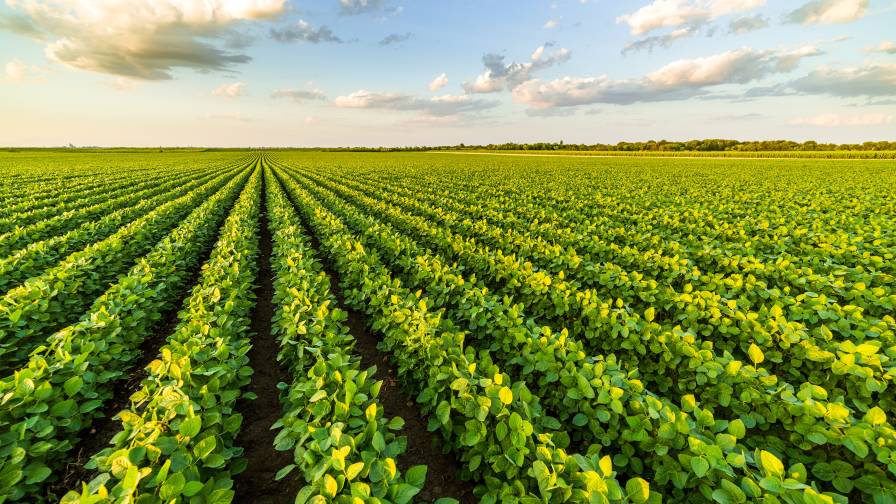Monsanto V. Bowman: Taking A Stand For Innovation

A Missouri farmer holds biotech soybean seed before planting in the summer of 2008.
PERSPECTIVE Here’s how I see it: We’ve placed a single bullet in a six-gun revolver, spun the cartridge, put it to the head of the golden goose, and pulled the trigger. As the hammer comes down, the Supreme Court is now left to tell us whether the gun will fire, or simply click on an empty chamber.
While Monsanto is standing as proxy to the golden goose, the real treasure in the battle between the embattled biotech giant and Indiana farmer Vernon Hugh Bowman is innovation and intellectual property.
The Supreme Court hearing on Feb. 19 marked the end of a very long road, which began in 1999 when Bowman bought seed from an elevator for double crop soybeans that contained the Roundup Ready (RR) gene. As we all know too well, RR seed can’t be reused under any circumstance as stipulated by the contract Bowman signed when he bought his first crop seed, so Monsanto sued.
So the high court must now decide definitively whether or not Monsanto can indeed enforce its patent, just as any company can, against individuals making and using copies of its proprietary technology.
Let’s face it, Monsanto technology rewrote the rule book on seed production, purchasing, and planning for the great majority of rowcrop farmers. You buy new every year, and not unlike many consumer products, you’re buying an “upgrade” that is undergoing improvement year after year due to faster methods of breeding and selection.
And it works. Really well. If you took a look at ag retailer balance sheets from 1997 and 2007 and compared them, you’d have to ask, “where’d that weed control program go?” Billions upon billions of dollars in crop protection products disappeared, and we all learned to adapt.
Meanwhile, growers never had it so easy, and fields never stayed so clean. Nature has caught up in recent years, as it always does, but we’re in a better position now to deliver alternative solutions and keep American growers on the fast track, in large part because the market rewards innovation.
Bottom line: no reward, no innovation.
It’s a human inclination to want to see the high and mighty in this world get tweaked, and frankly, Monsanto has been the poster child for reasons both deserved and not deserved. But now, when innovation itself is under fire, we as an industry should be united.
Fierce competitors are standing beside Monsanto, and asking the Supreme Court to rule in its favor as the proxy for innovation in agriculture. And all of us in ag — including farmers, who have been the most critical of Monsanto for its fees and enforcement tactics but who also have the most to lose in this Supreme Court case — should be standing together and defending innovation through patent protection.






